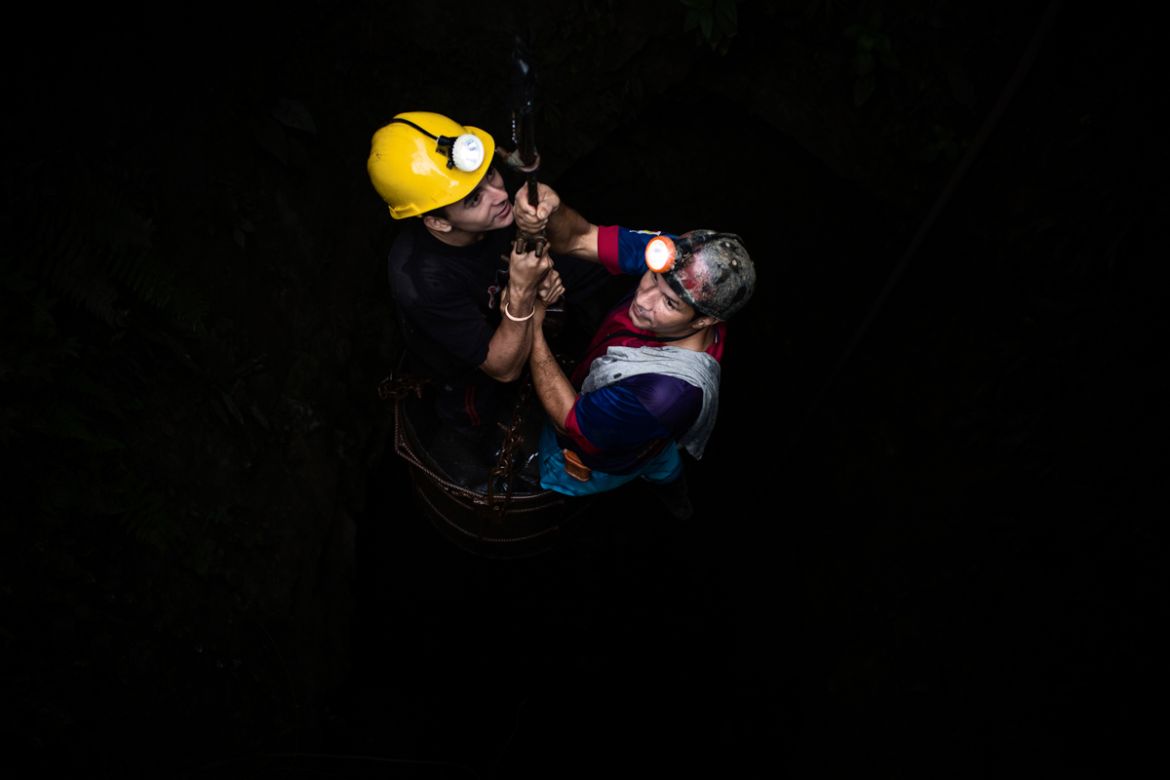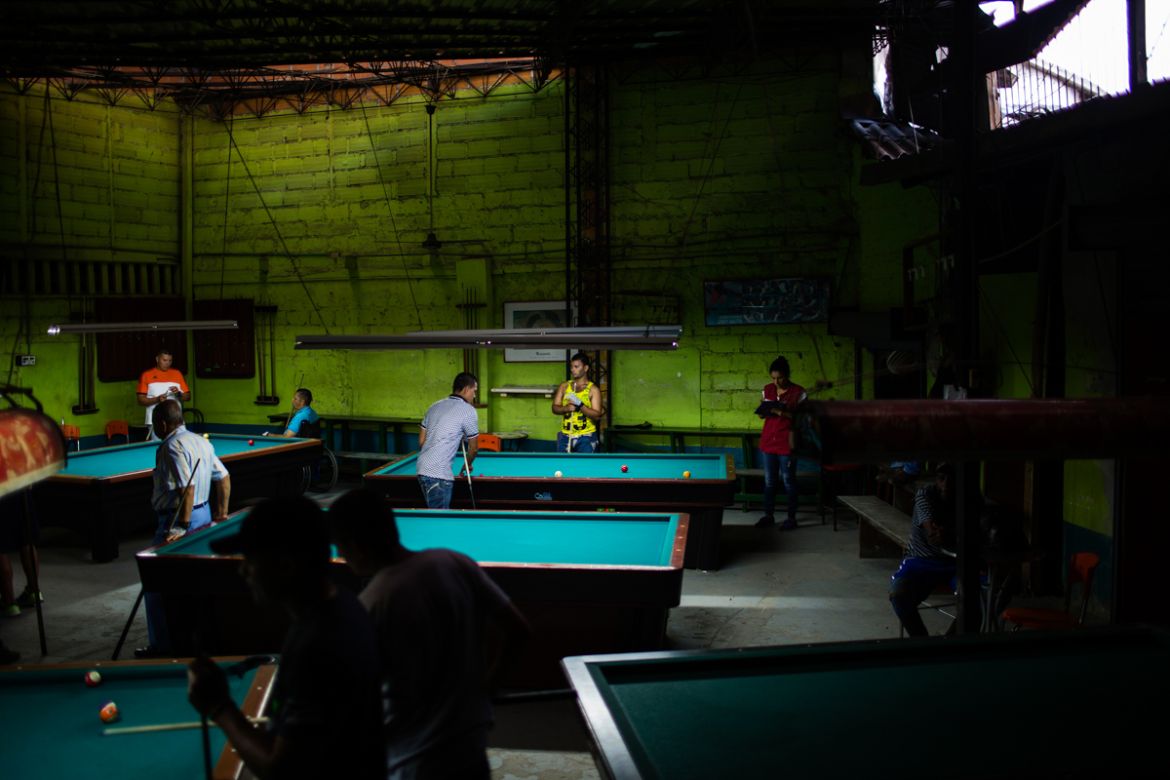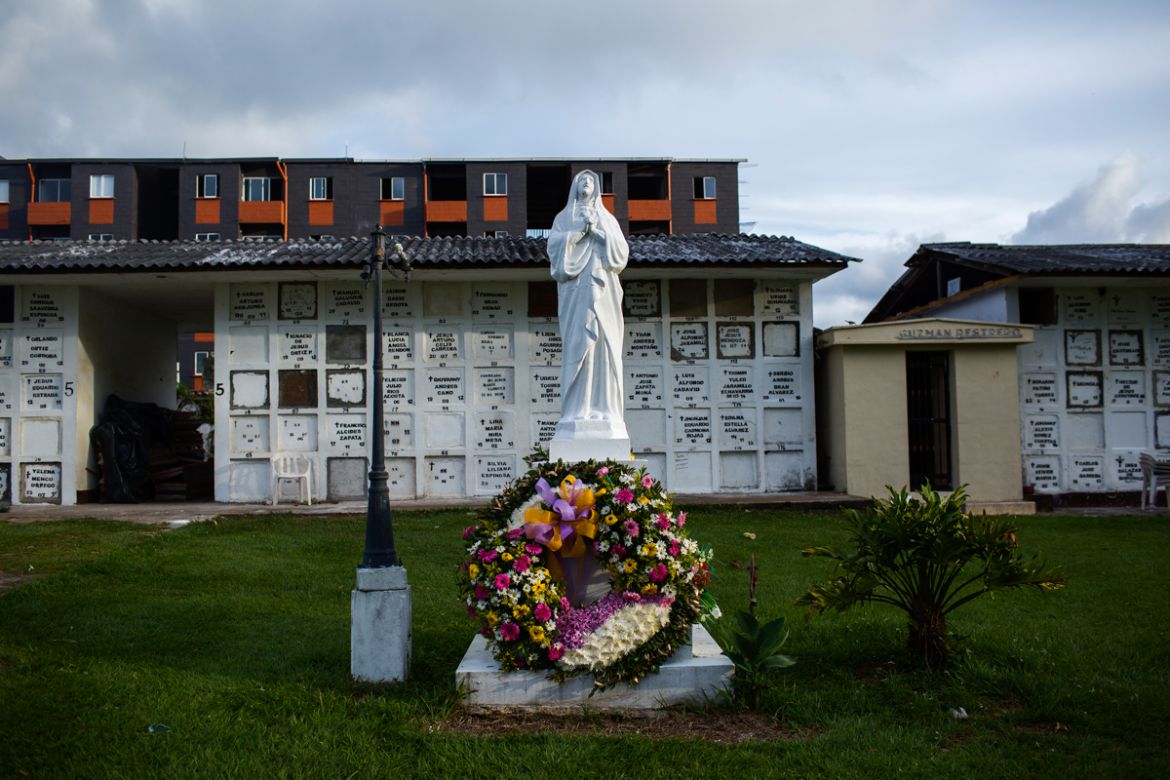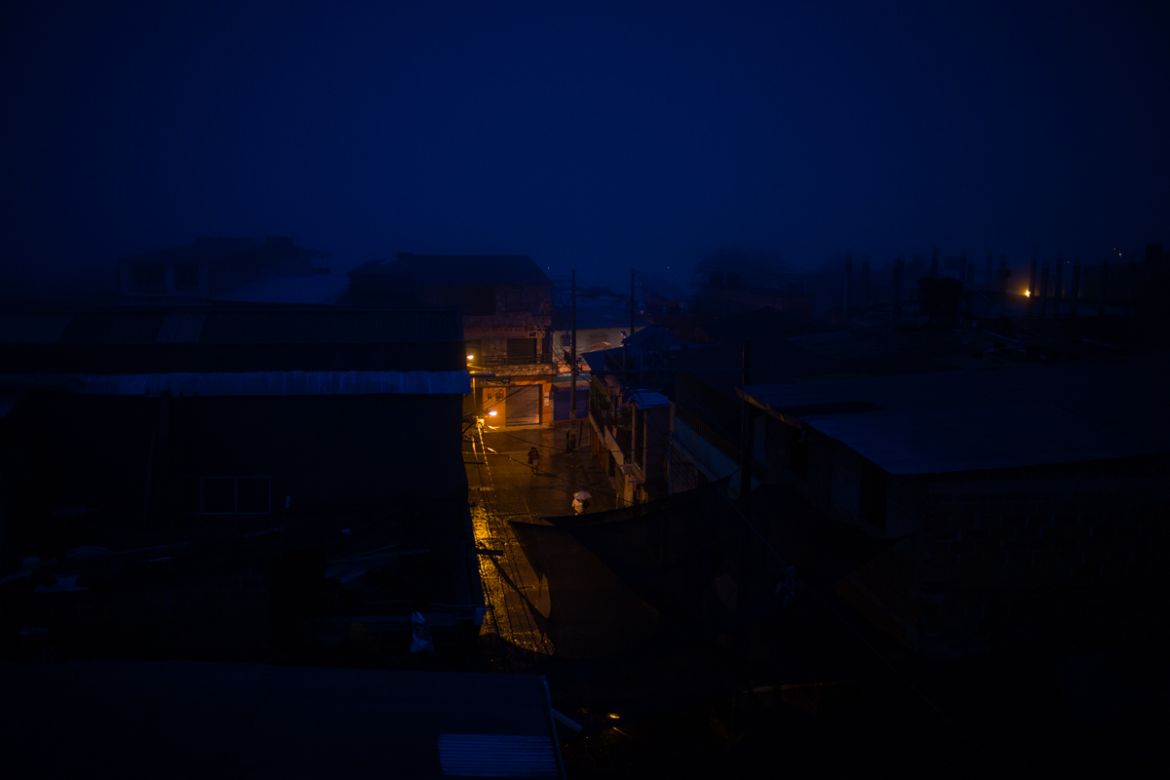In Pictures
Illegal gold mining fuels violence in Colombia
Local miners say they feel caught between exploitative armed groups and a government crackdown on informal mining.

Antioquia, Colombia – Antioquia has been the heartland of the Colombian gold trade since colonial times, when Spanish conquerors came in search of the mythical El Dorado.
In the northeast of the province lies Segovia, a tiny township that for more than 400 years has produced gold, chiselled from the walls of thousands of underground tunnels.
Afro-descendant and indigenous Colombians have worked there as artisanal miners for decades, using the same techniques of their ancestors, whom the Spanish enslaved to mine the land.
Since the early 2000s, as the price of the precious metal has risen, the region has experienced a violent gold rush as leftist guerrillas, neo-paramilitary outfits and drug trafficking groups have established their presence to control mining operations. Illegally mined gold is fuelling violence as gold has overtaken cocaine as the main source of revenue for armed groups.
Illegal mining in Colombia brings in approximately $7bn a year (link in Spanish) to armed groups and criminal bands.
Segovia is at the centre of this violence. Almost 20 percent of Colombia’s gold is produced in the nearly 50 mines operating there, according to Segovia’s mayor’s office.
Local villagers – many of them artisanal miners – have been shaken by extortions, threats, territorial disputes and grudge fights. These miners, including rural Colombians from across the country who have come in search of work, working in the mountains or on riverbanks, are forced to pay a “tax” to the armed group that controls their area.
These informal miners have also been killed and forcibly displaced by the armed groups.
“You have to pay them. If not, they will kill you,” says Carlos Mario Alvarez, a 60-year-old mining leader.
A handful of mines are owned by Gran Colombia Gold, a Canada-based multinational. One of these mines includes the Cogote, once a successful informal mining cooperative, whose licence the Colombian government sold to the Canadian multinational.
Since 2015, President Juan Manuel Santos’ administration has prioritised cracking down on unlicensed mining in order to cut off a lucrative source of income for armed groups and to curb mercury poisoning in the rivers – traditional miners use the chemical to separate gold from earth and other metals – and other environmental damage, in conjunction with a legalisation programme for the region’s traditional miners.
Many miners feel caught between the armed groups and the government’s clampdown on informal mining.
For Alvarez, “Being a miner is more than a job in this part of Colombia, it is an identity.”
As a child, he’d bring lunch to his father at the mines after finishing school. Alvarez dropped out of school to start working as a “catanguero” (a carrier) at the mines when he was 14 years old.
“I’m currently the owner of my own mine,” he says proudly. “But now the government wants to take it … from us.”
Alvarez says the government’s reform of unlicensed mining is a facade.
“The government is forcing us out in favour of the multinational companies,” he says. “He [Santos] just wants to open the way for multinational investors to buy up land.”













